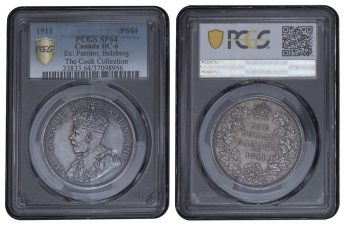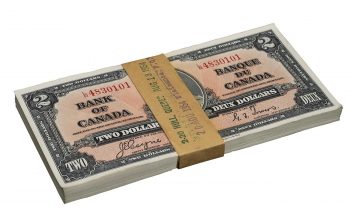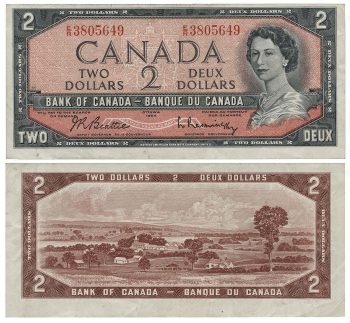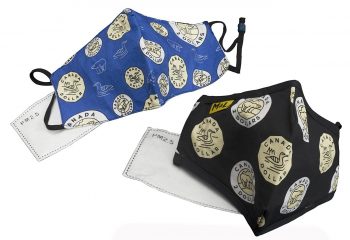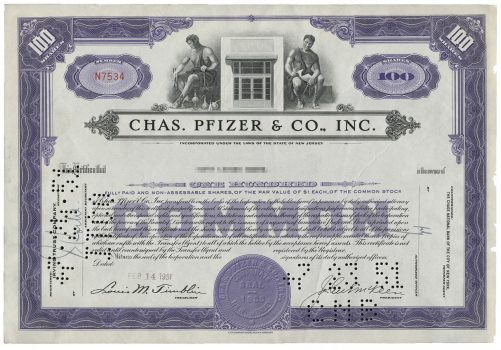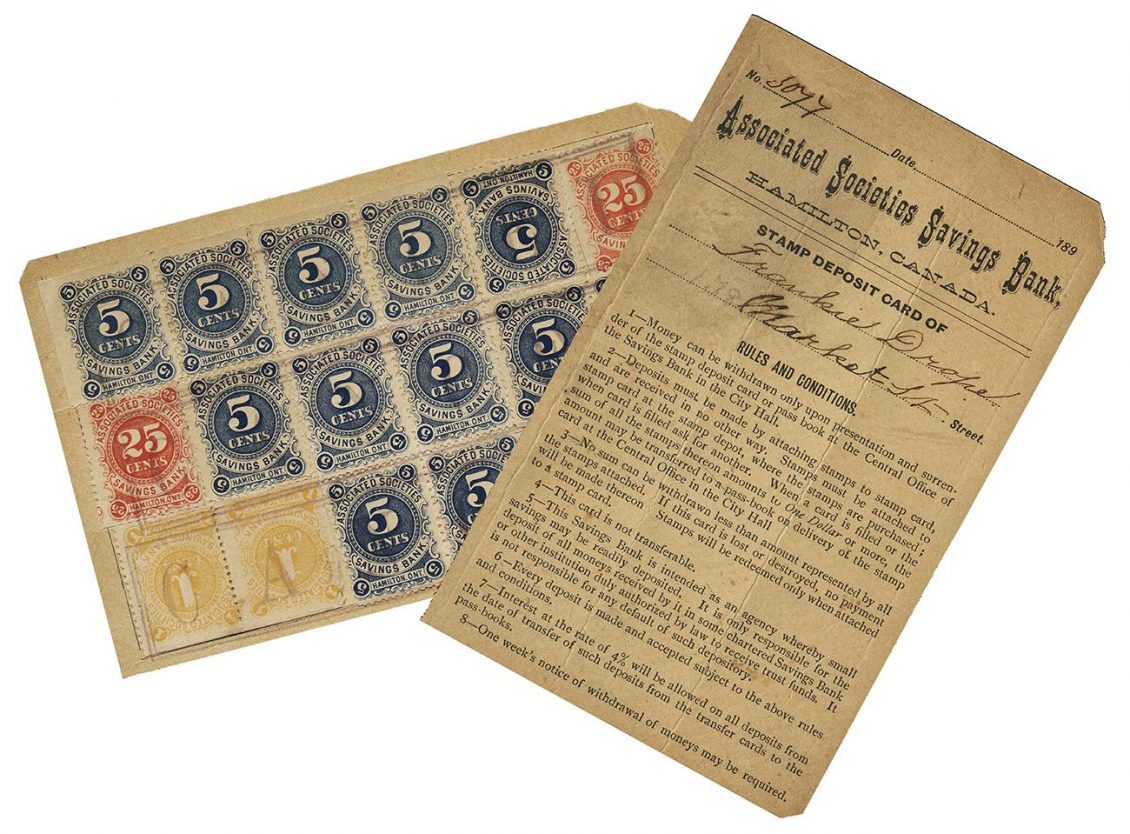Incredible additions to the National Currency Collection
Despite the challenges of collecting during a pandemic, curators at the Bank of Canada Museum have acquired some unique artifacts—including some that document the pandemic itself.
Building a collection
The Bank of Canada Museum is responsible for the National Currency Collection, and part of its mandate is to foster and develop that collection. The National Currency Collection includes over 130,000 artifacts and is available to all Canadians for research and viewing. While some areas of the collection, such as Canadian coins and bank notes, are well represented, other areas are in development. As such, they have been the focus of the Museum’s acquisitions in recent years. And although collection development is carefully planned, occasionally opportunities arise to acquire rare or unique pieces that help tell interesting stories.
Canadian bank notes and coins
Despite being the most complete collection of Canadian notes and coins in the world, the National Currency Collection is still missing a few key pieces. So, the Museum is always looking to acquire items that enrich the collection. Here are a few recent acquisitions.
1911 silver dollar
To coin collectors and numismatists, this coin needs no introduction. The so-called “Emperor” of Canadian coins, the 1911 silver dollar is the most coveted Canadian coin ever. And for over six decades the only example available to own was locked away in prestigious private collections. The Bank of Canada Museum acquired the historic 1911 silver dollar in 2021 and will add the coin to its permanent display. Read our blog about the coin’s incredible story and journey.
Original bundle of $2 notes from 1937
In March, the Museum acquired an original bundle of $2 notes from the 1937 series. Remarkably, this bundle is among the last notes of the series to be printed and issued. The 100 notes are sequentially numbered with the scarce L/R prefix, which indicates the limited print run at the end of the series. The paper band around the bills is dated 1954, the last year the notes circulated before the new Canadian Landscape series hit the tills, and is stamped with the town of Plaisance, a small community located between Gatineau and Montréal in Quebec. It is rather amazing that the original bundle has been kept intact all these years.
1954 series $2 E/R test note
Research and development in bank note security and durability has been important since the first paper money. From special inks, to watermarks and colour tints, to secret paper recipes, bank notes are packed with printing innovations. During the 1970s, the Bank of Canada was conducting experiments with notes from the 1954 Canadian Landscape series to improve their longevity in circulation. Notes containing different paper recipes were put into circulation and retrieved for testing. Specific serial numbers identified the notes, although this was kept secret from the public to avoid affecting the results. In 1977, a Bank research report identified the special notes, which made them instant collector’s items: $2 notes with the G/R and S/R prefix became prize possessions. But knowledge about the use of $2 E/R test notes, such as this one recently added to the Museum’s collection, for research and development was only discovered about a decade ago. The notes have since become highly collectable.
Documenting the COVID‑19 pandemic
Contemporary acquisitions are an important part of museum collection development, as the events of today will one day be history. Those living through the COVID‑19 pandemic will never forget the months of lockdown, the shift in working habits and the efforts to return to normal. So, the Museum has added a few objects that will help us tell this story in future years.
Money-themed face masks
With COVID‑19 declared a pandemic in March 2020, many companies not in the mask-producing business rejigged their machines to produce N95 and non-medical masks to meet demand. It was the greatest mobilization of industry for a national cause since the Second World War. Smaller entrepreneurs, like the maker of these masks, produced cloth masks with lively themes. The Bank of Canada Museum has acquired two money-themed masks to add to its collection as a memento of the COVID‑19 pandemic.
Pfizer stock certificate
To develop a vaccine for mass inoculation against COVID‑19, the US company Pfizer partnered with BioNTech SE. But Pfizer produced medicines long before the pandemic. Founded in 1849, the company is based in New York with offices located around the world, including Kirkland, Quebec, and Brandon, Manitoba. This stock certificate for 100 common shares bears the original name of the company reflecting its founder, Charles Pfizer, and was added to the Museum’s “pandemic” collection.
Collecting beyond money
A sound practice in collection development is to acquire material that gives context to a museum’s core collection. In the case of the National Currency Collection, the Museum acquires more than just bank notes and coins. Its collection includes artifacts related to currency production, spending and saving, investing and accounting, and many other facets of economics, finance and numismatics.
Savings cards
Most people are familiar with bank account statements for tracking their savings. Banks and other financial institutions have always tried novel ways to engage people, especially schoolchildren, to save and deposit their money. This late 19th century savings card from the Associated Societies Savings Bank of Hamilton, Ontario used the idea of buying stamps to promote savings. Once the card was full of stamps, it could be taken to the bank to be deposited.
It just keeps on evolving
The artifacts presented here are a small sample of the hundreds of objects that the Bank of Canada Museum acquires every year. While the COVID‑19 pandemic has posed some challenges, in 2021 the Museum acquired some superb pieces to uphold its mandate. These new acquisitions will be preserved for generations to come, and some will be put on display next year.
The Museum Blog
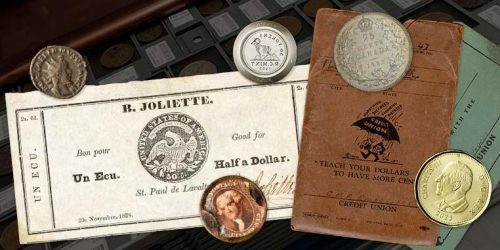
New acquisitions—2024 edition
Bank of Canada Museum’s acquisitions in 2024 highlight the relationships that shape the National Currency Collection.
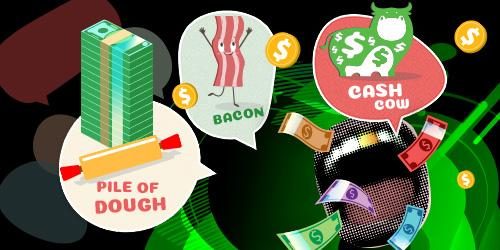
Money’s metaphors
Buck, broke, greenback, loonie, toonie, dough, flush, gravy train, born with a silver spoon in your mouth… No matter how common the expression for money, many of us haven’t the faintest idea where these terms come from.
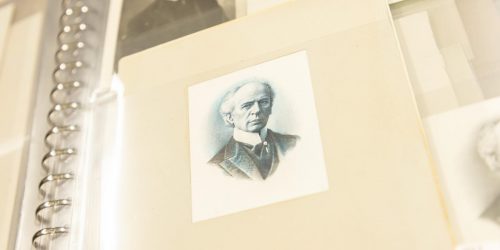
Treaties, money and art
The Bank of Canada Museum’s collection has a new addition: an artwork called Free Ride by Frank Shebageget. But why would a museum about the economy buy art?
